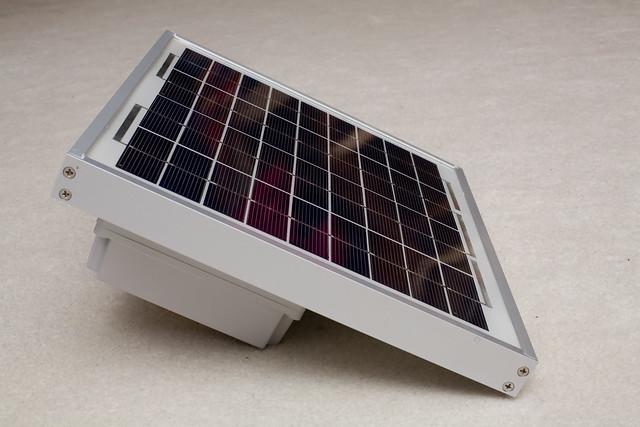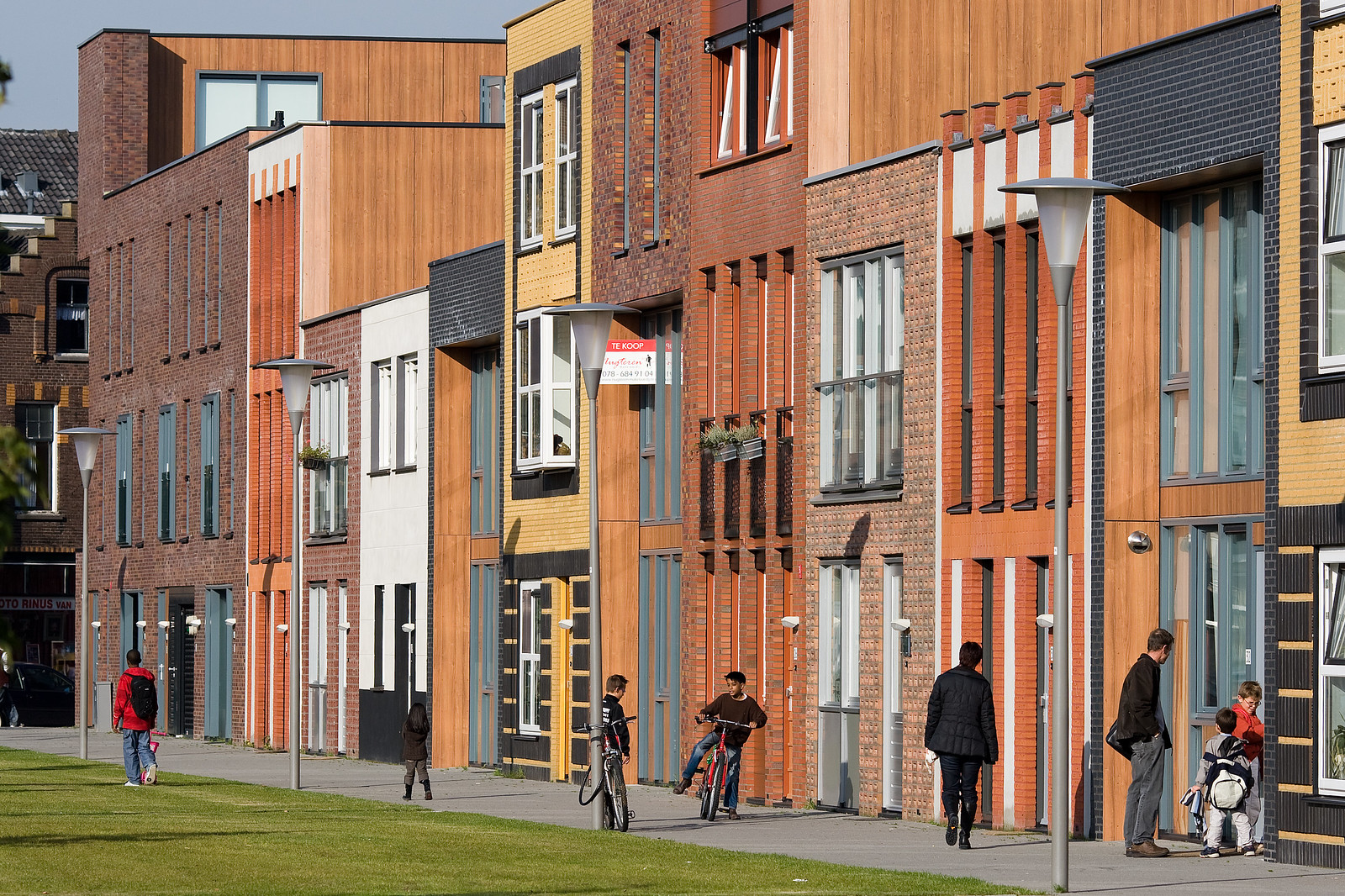
Over three years passed since I wrote about a decentralized social web. The idea has not let go of me, and I have been thinking on how to build it. In the meantime, I found like minded people and their ideas. Unhosted is a website where ideas are collected on how to take back power from big web 2.0 sites like Google and Facebook. And Tim Berners-Lee himself shares our worries, starting a project called Solid.
Many modern homes have mechanical ventilation, with a 3 position switch to control the speed. However, common ventilators allow stepless speed control. They set the speed corresponding the voltage of an input connector. If 0V is provided, the fan goes off, if it is +10V, the fan goes to maximum speed. If only there was a way to set a voltage between 0V and +10V wirelessly, by a popular home automation protocol such as Z-Wave.
Actually, there is. It is a brilliant device by Qubino, called the Flush Dimmer 0-10V. I installed it into our ventilation unit (a Stork CMFe), and connected it to my Z-Wave network and Domoticz.
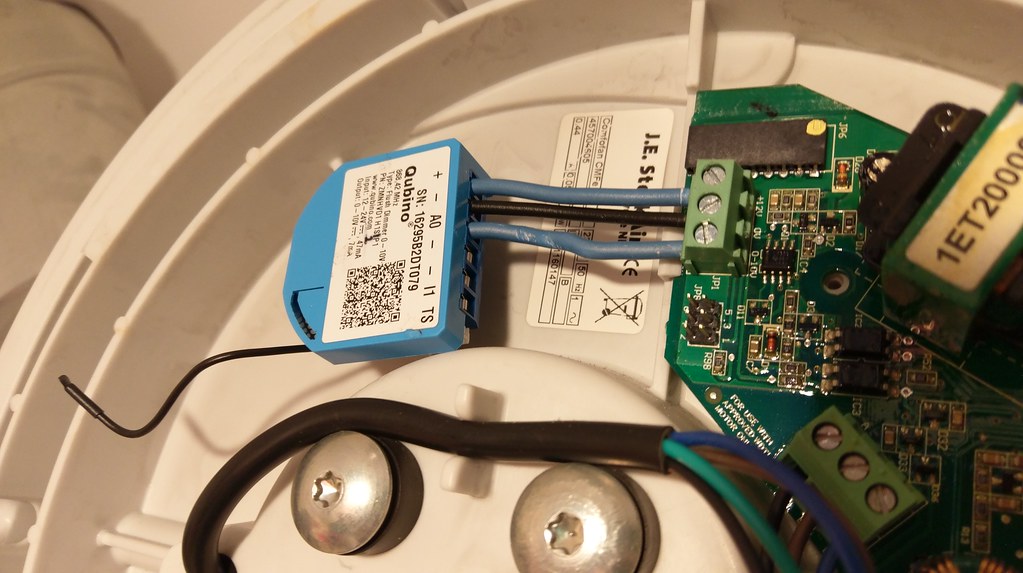

I have often been in situations where we decided to reuse existing code. Business people seem to think that reusing existing code is free. After all, this is the promise of paradigms like OO. But in reality, retrofitting code for a new usage often proved nearly as costly, or sometimes even more so than if we had started from scratch. This is not necessarily a bad thing. Having a component with multiple uses makes sure it is well tested, and that all consumers benefit from maintenance and improvements.
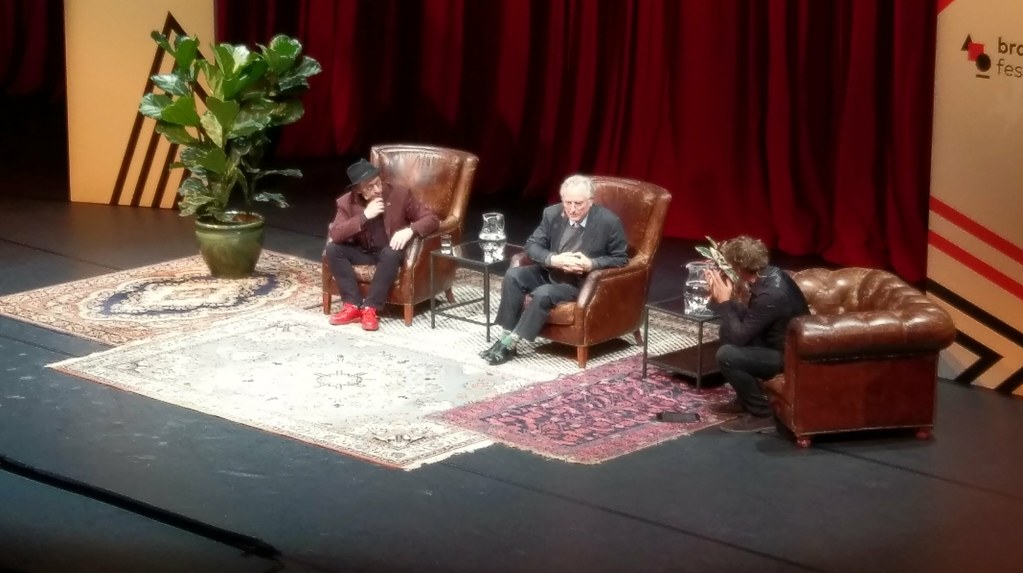
Op zaterdag 21 oktober was er een debat met Richard Dawkins en Lawrence Krauss, georganiseerd door Brainwash. Hieronder volgt een beknopte samenvatting.
Niet het begin van de vorige eeuw, maar de periode 1955-1975 was een baanbrekende periode voor de wetenschap. Is dat niet jammer voor Nederland...

We create content all day. We take pictures, write comments on articles, or even the articles themselves. We save bookmarks, or press some like or heart buttons. Even if this content is of no value to anyone else, at least it is to ourselves. Still, we trust other parties, commercial ones, with servers often in other countries, to give us back our content any time of the day with the click of a button. Even if they want to, they may not always be able to do so. In my previous post I wrote that we put too much trust in the internet.
Would it not be nice if all this content was on our own computer hardware, that we could easily categorize and search it, and share copies with our friends? I would like to share some ideas that I have to make this technically possible, so this is going to be a technical article for that reason.
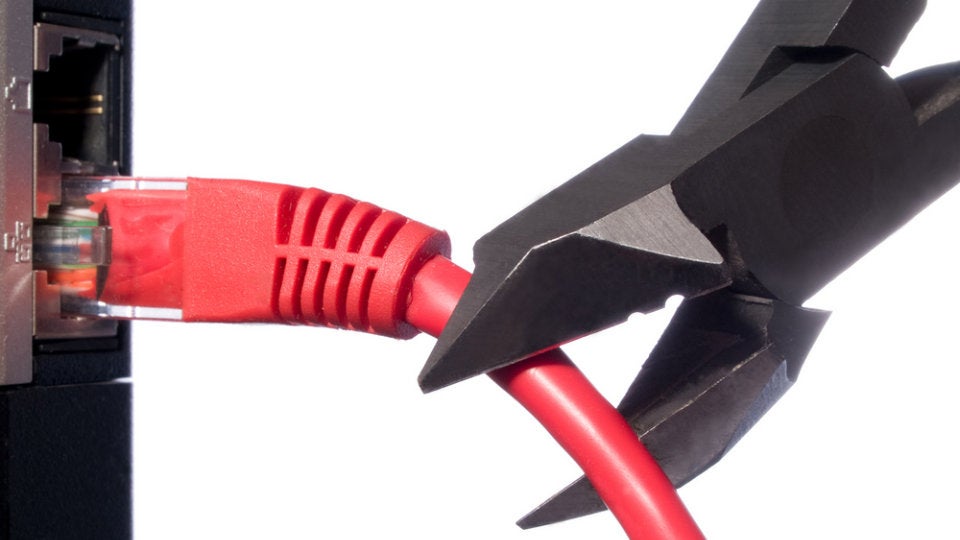
What would we do if an attempt by hackers or an enemy state to take down the internet would succeed? Even though the internet is essentially a huge decentralized network of cables, the DNS structure is not so decentralized and has already been target of attacks. Even this week, a distributed attack on Dyn's DNS caused many US visitors unable to reach popular sites like Twitter and Github.
There are also governments that censor sites like Twitter and Google for political reasons. People have a natural wish to share information, and this question is really about how this can be facilitated when common social network sites are down.

Gisteren ben ik bij Facet bijgepraat over de veranderingen omtrent de nieuwe Wet Deregulering Beoordeling Arbeidsrelaties (DBA). Ik probeer hier zonder mijn aantekeningen een samenvatting te maken van wat ik begrepen heb.
Kortgezegd zijn er drie criteria die na 1 mei bepalen of je volgens de Belastingdienst feitelijk in loondienst bent:

Last year I experimented with the Play Framework to find out how it works and what its strengths and weaknesses are. Although I was quite enthousiastic about it, I did not look at it any further, seeing no immediate need for it in my professional life. Now, a year later, I decided to dive into Scala. A free online course is being given by the creator himself, Martin Odersky, on Coursera. I am very happy about both the presentation and the level of the course. The lectures and the exercises are of a high level, and the whole package is well thought through.

Since a few days I'm the proud owner of a Raspberry Pi. It's a simple, but complete computer that allows -or rather encourages- tweaking. Since I ordered it (months ago), I have been thinking about what to do with it. There are some features that make the Pi special:
Overwegingen
Veel apparaten hebben adapters om de netspanning van 230V wisselspanning om te zetten naar lage gelijkspanning. Helaas lijken er net zo veel voltages te zijn als adapters. Gelukkig is er een positieve ontwikkeling. Onder aanmoediging van de EU, hebben de belangrijkste telefoonproducenten nu afgesproken dat toekomstige telefoons met de standaard USB aansluiting worden opgeladen. Hopelijk zet deze trend zich voort naar andere (oplaadbare) apparaten in huis. Om USB-apparaten, AA batterijen en de Li-ion batterijen van mijn fototoestel te kunnen laden met zonne-energie, heb ik onderstaande opstelling gemaakt.
